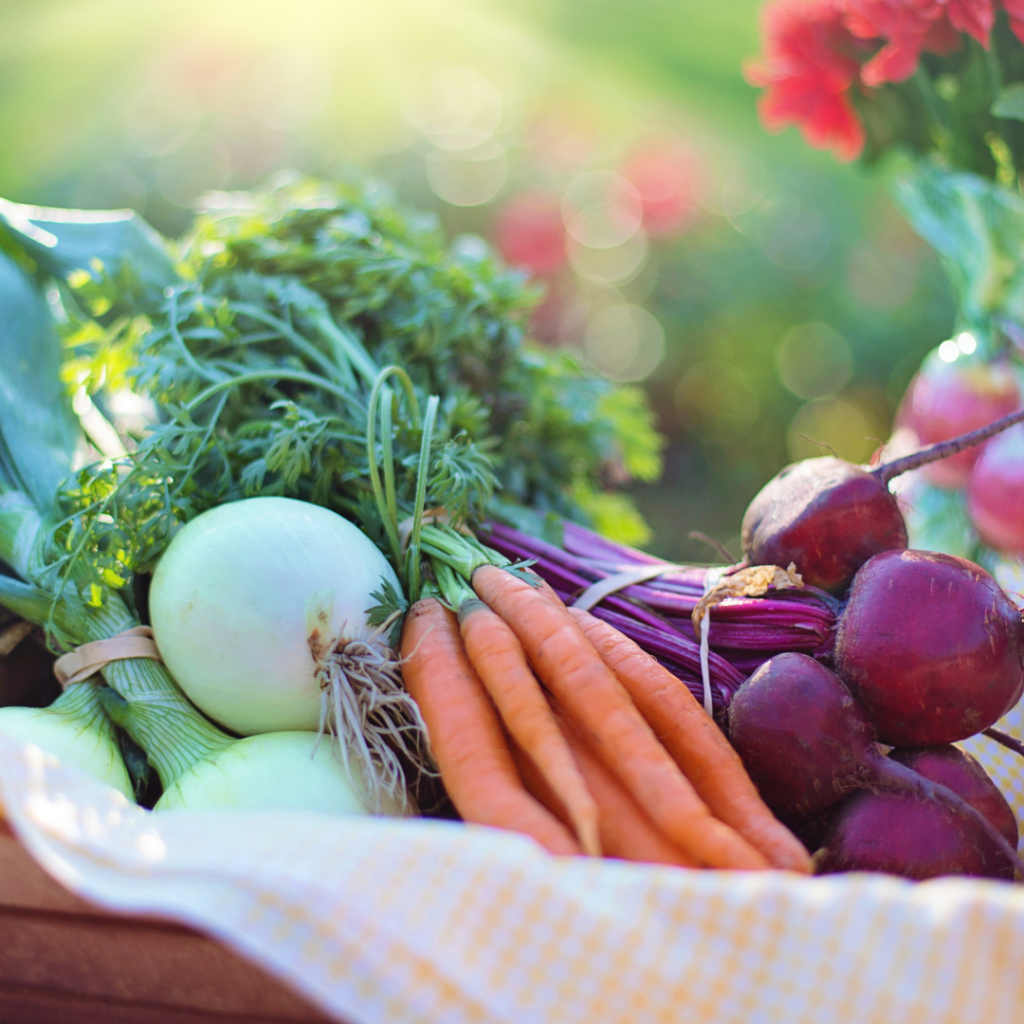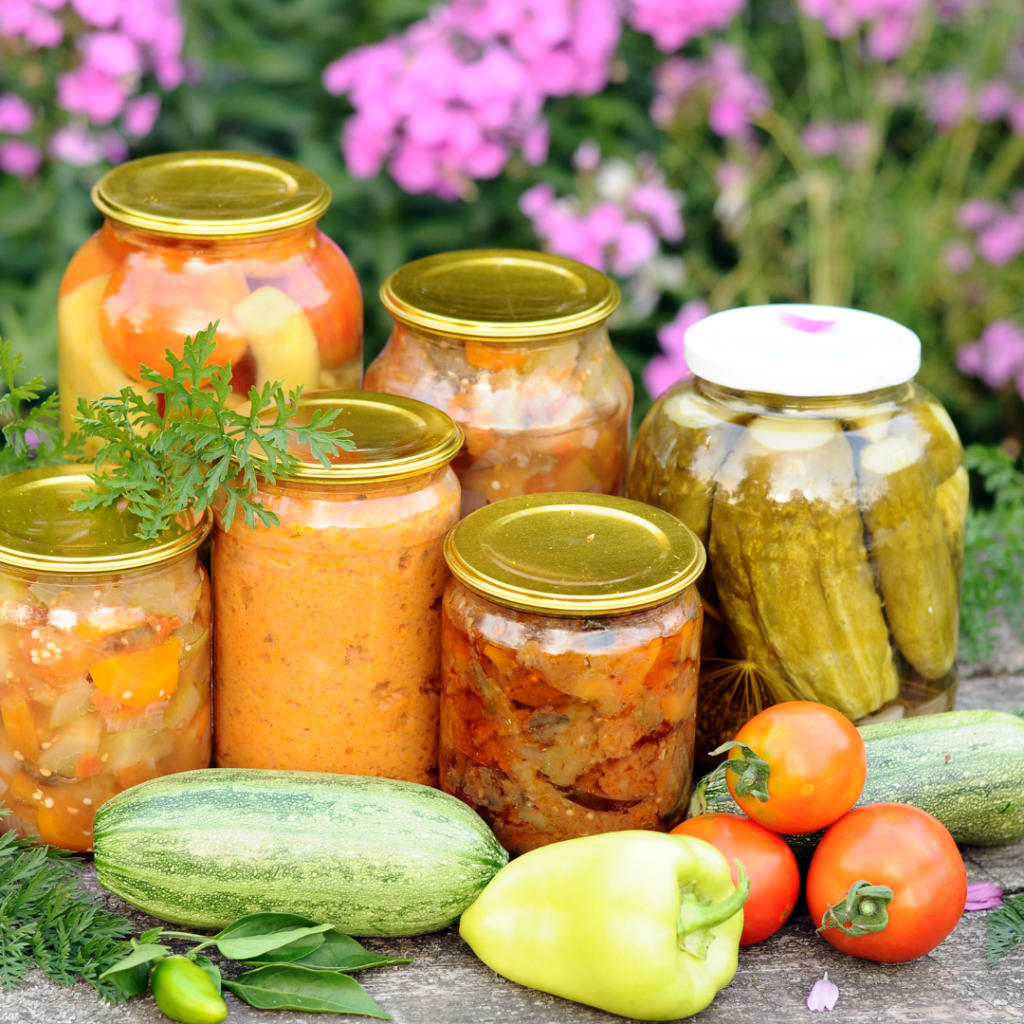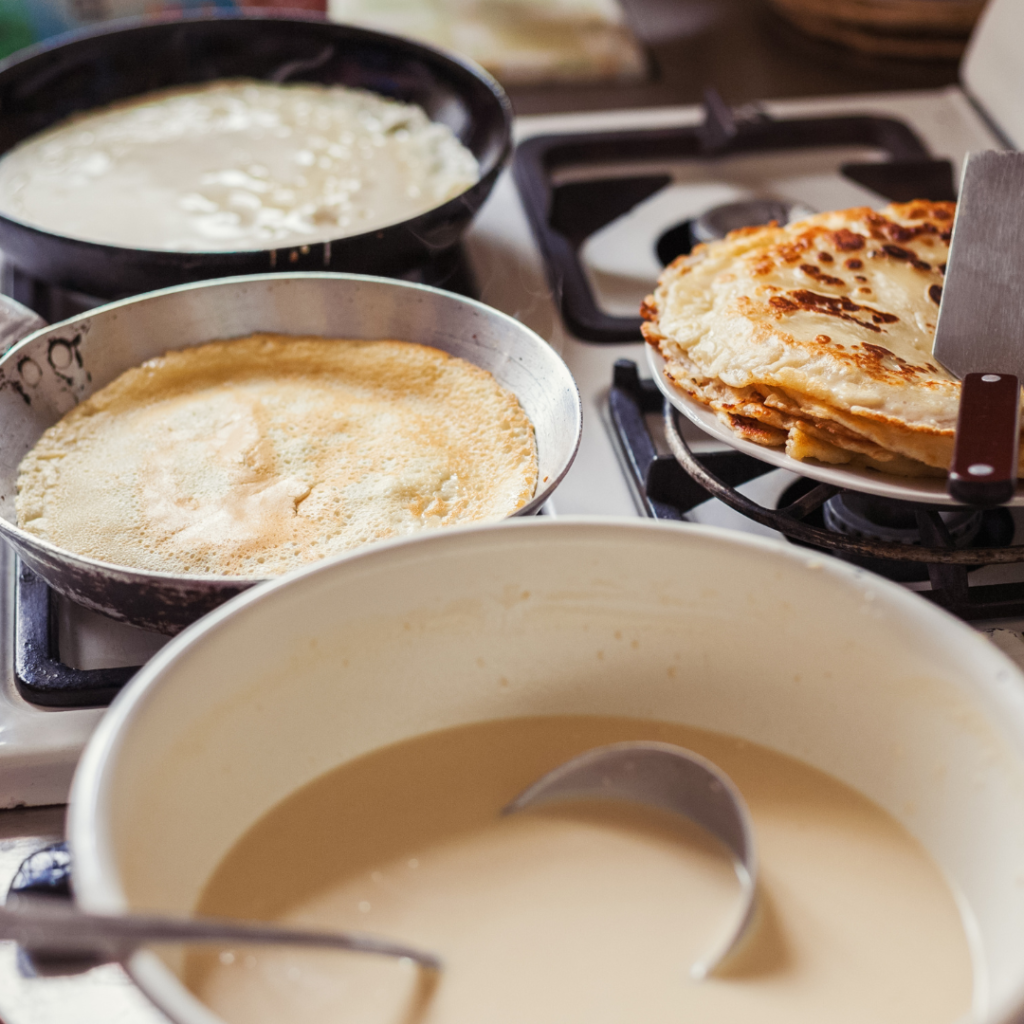Building Up Our Food Storage
Last week we talked about several ways to improve our self-reliance, because each of our paths are going to look different. Some of us will be guided to focus on more temporal preparation, while others may be told that they should focus on emotional or physical health goals. As we go forward, we will be sharing ideas in all of these areas!
For the next couple of weeks, we will be focusing on ways to build up our food and home storage, and different methods we can use to approach these goals. With the rise of inflation this year, groceries have skyrocketed. So today, we’re talking about how we can build up our food storage more efficiently.

Shop Smart
Shop Sales–
Many items go on sale at the same times of year. (For example, in the summer you will see more condiments and snack foods on sale, versus the holidays where baking goods go on sale.) Being aware of the cycles can help you pick the best time to stock up on items you may be low on. You can find a list of what to watch for here.
Case lot sales happen twice a year, usually in the spring and the fall, where you can pantry essentials such as flour, sugar, and canned goods by the case for a fraction of the cost. Food storage buckets, These usually appear sometime in March and again in October, and are usually only announced about a week before. Planning ahead to stock up on those essentials can save you a lot in the long run!
Buy What You Eat
One of the best ways to make your food storage more user-friendly and effective is to buy things that your family is already eating. For example, if you don’t have a grinder or something to grind wheat berries, buying them doesn’t make a lot of sense, buy the already-processed flour. If your family doesn’t like canned fruit, maybe try some freeze-dried instead. Focusing on things that your family eats, your food is less likely to spoil.
Shop in Bulk
Shopping in places like Costco and Sam’s Club can also be more cost effective when trying to build up your storage. These stores regularly have good deals on pantry basics, and even have things like flour and oats in storage buckets already, which saves you a step!

Eliminate Waste
Store Food Correctly
Storing our food properly can extend the shelf-life of our food, particularly produce. Bananas should stay out on the counter. Strawberries can be washed in a vinegar rinse and stored in a glass container. Wrapping celery in foil can help it stay crisp longer. Potatoes and onions should be stored in dark, cool areas. Most veggies should be blanched before freezing, but many fruits can be frozen raw. When know how to prepare our food as we bring it into our homes, we can eliminate how many dollars go in our trash cans.
Meal Plan Based on What You Have
A big money-saver when we are trying to have a little extra money for food storage is to plan our meals differently. Many of us sit down when it’s time to make a grocery list, and write down some meals that sound good, or maybe reflect how busy our week is. Both of these are important, but there is one step that gets missed that is the money saver. (Jordan at Fun, Cheap, or Free calls this shelf-cooking.) Before you decide what to eat, go to the fridge and make a list of what you already have! Chances are, there were a few things that didn’t get used up, that need to be used first. If I have peppers in the fridge, let’s plan on some fajitas or a taco salad night earlier in the week before those go bad. This helps us to use up all of those things in the fridge, so they are less likely to get thrown away.

Home Food Production
Grow a Garden
The next step is learning how to provide our family with food without the grocery store. Church leaders have recommended growing a garden for several years. Knowing how to grow your own food can help cut down costs particularly in the summer, as well as helping us promote a healthy work ethic in our children. (Who else grew up hoeing the garden each week?) Gardening can also help reduce stress levels, and improve our diets. We can also plant berry bushes, fruit trees, and herbs to help keep fresh produce in our kitchens and pantries.
Preserve Your Own Food
If we grow a garden, chances are we will probably grow more than we can actually eat as it yields. This offers the opportunity to learn how to preserve our food. We can build potato and onion boxes to store root vegetables. We can learn to freeze dry, smoke, or can our foods. Many times on Facebook we can find people who are selling boxes of fruits such as peaches, pears, or apples that we could process and add to our shelves for less per ounce than the store-processed foods.
Bake from Scratch
Another great way that people are increasing preparedness is to actually cook from scratch. Ingredients are often cheaper than buying a frozen, or processed meal. Many people are making their own breads, particularly sourdough. Learning how to soak and use our own beans or make homemade oatmeal can increase the nutrient value of our food, and help us to save money.

Build Patterns
Shop Ahead
As we begin to gather our food, we can start to develop habits that will keep us ahead of the ball. As we use one ketchup bottle, buy another to replace it, so the shelf stays full! I have especially appreciated this practice with home goods, and the condiments, because heaven knows my kids need their Ranch to eat dinner.
Buy Multiples
As we are building our storage, we try to buy a little extra at a time. For example, the other week we were planning on making spaghetti. So when we bought the pasta and canned tomatoes for the sauce, we bought enough to make another batch, so that the only thing we would need to buy later is the meat.
Include Things That Are Versatile
Another great way to improve your food storage is buying things that are super versatile. Packages of pancake mix are often inexpensive, and can be used to make waffles, biscuits, and pizza doughs. Things like peanut butter can be used for meal times or in desserts. Canned meats can be used in sandwiches, salads, or baked into casseroles. Having items that are easy to use in a variety of foods can help broaden your menu options, and not make “survival food” so boring.

Pick a Baby-Step Plan
There are many charts out there on Pinterest and various blogs that list our $5-10 items to add to your groceries each week to help build up your food storage a little at a time. Here is an example of one of these plans. This can get you on your way especially if you are just starting out. Wondering how much food storage you actually need? Check out our previous blog post, How Much Food Storage Do I Need?
We hope this helps you get started on gathering your own food storage! Have a great week, disciples!
Other Resources & Sources:
Extend the life of your produce
https://latterdaydisciples.com/quick-start-your-food-storage/
https://latterdaydisciples.com/how-much-food-storage-do-i-need/
https://latterdaydisciples.com/ten-items-to-add-to-your-home-storage/
https://www.churchofjesuschrist.org/life/tips-for-food-storage-and-production?lang=eng
